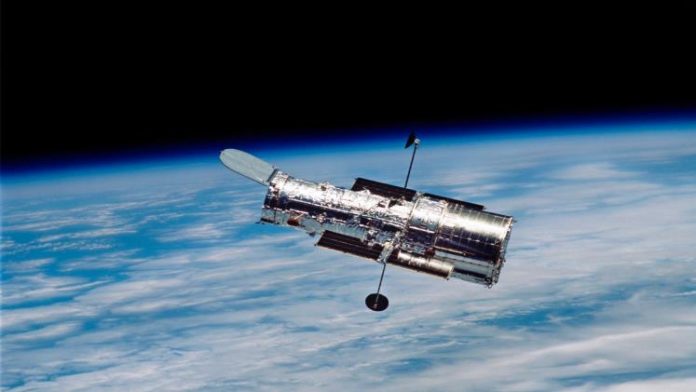NASA, the National Aeronautics and Space Administration, has long been a driving force behind advancements in science, engineering, and technology. Its missions push the boundaries of human knowledge and inspire creativity in multiple fields. By exploring space, developing advanced spacecraft, and conducting groundbreaking research, NASA not only expands our understanding of the universe but also fosters innovation that benefits everyday life on Earth. From satellite technology to robotics, NASA’s work influences industries ranging from healthcare to communications.
How Does NASA Promote Scientific Discovery?
NASA promotes scientific discovery by conducting missions that study planets, stars, and other celestial bodies. These missions generate valuable data that improve our understanding of physics, chemistry, and biology. For example, the study of other planets’ atmospheres informs climate research on Earth, while experiments in microgravity help scientists understand biological processes in new ways. By providing opportunities for scientists to engage with cutting-edge research and collaborate across disciplines, NASA inspires innovation that extends far beyond the field of space exploration.
What Role Does Engineering Play in NASA’s Achievements?
Engineering is at the heart of NASA’s accomplishments. Designing spacecraft, satellites, and instruments for space exploration requires advanced problem-solving, creativity, and precision. Engineers develop solutions for extreme conditions, such as high radiation levels, vacuum environments, and extreme temperatures. These engineering challenges drive the creation of new materials, propulsion systems, and robotics technology. The innovations developed for space missions often have practical applications on Earth, including improvements in transportation, construction, and manufacturing technologies.
How Does Technology Advance Through NASA’s Work?
NASA drives technological innovation through research and development projects that often push the limits of current capabilities. From high-performance computing to autonomous robotics, NASA technology has led to breakthroughs in multiple areas. For instance, satellite imaging technology developed by NASA supports weather forecasting, environmental monitoring, and disaster response. Medical imaging, water purification systems, and energy-efficient technologies have also benefited from NASA research, demonstrating how space exploration can inspire solutions for everyday challenges.
Why Is NASA a Source of Inspiration for Education and Workforce Development?
NASA encourages education and workforce development by engaging students, educators, and professionals in STEM (science, technology, engineering, and mathematics) initiatives. Programs such as internships, research opportunities, and public outreach inspire the next generation of scientists and engineers. By demonstrating real-world applications of STEM concepts, NASA motivates young people to pursue careers in science and technology, ensuring a skilled and innovative workforce for the future.
How Does NASA’s Innovation Impact Communities?
The innovations emerging from NASA missions have broad societal impacts. Advanced materials, energy solutions, and communication systems developed for space have practical applications that improve quality of life, support economic development, and enhance public safety. NASA’s commitment to sustainability, efficiency, and problem-solving sets a standard for technological progress that benefits communities worldwide. By fostering collaboration, research, and practical applications, NASA ensures that space exploration contributes to innovation on Earth.
What Makes NASA a Leader in Global Scientific Advancement?
NASA’s leadership stems from its ability to combine ambitious goals, scientific rigor, and technological expertise. Its multidisciplinary approach encourages collaboration across academia, industry, and government agencies. By investing in cutting-edge research, supporting experimentation, and inspiring global curiosity, NASA sets the stage for discoveries that drive progress across multiple sectors.
In conclusion, NASA continues to inspire innovation in science, engineering, and technology through exploration, research, and education. By addressing complex challenges, fostering collaboration, and developing transformative technologies, NASA not only expands our understanding of the universe but also creates solutions that improve life on Earth. Its work motivates scientists, engineers, and students alike, ensuring that curiosity and innovation remain central to progress.
